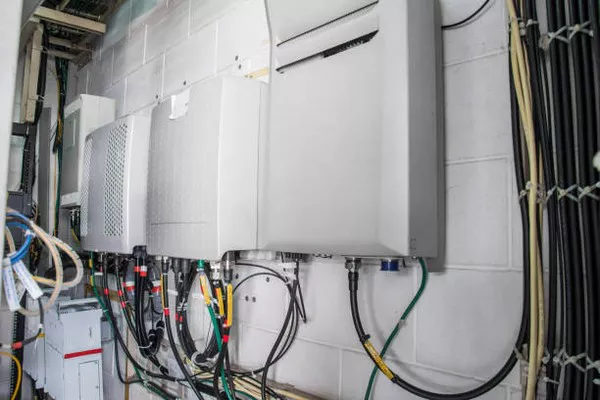In an era where electricity is the lifeblood of our daily existence, power outages can be disruptive and inconvenient. To mitigate the impact of unexpected blackouts, many households turn to generators as a reliable source of backup power. These essential devices play a crucial role in ensuring that the lights stay on, appliances keep running, and life continues uninterrupted. This article delves into the intricate workings of residential generators, shedding light on the technology that empowers homes during moments of power loss.
Types of Residential Generators:
Generators come in various types, each designed to cater to different needs and circumstances. The most common types of residential generators are portable generators, standby generators, and inverter generators.
Portable generators are versatile and easy to move, making them suitable for various applications. They typically run on gasoline or propane and are an excellent choice for powering essential appliances during short outages.
Standby generators, on the other hand, are permanently installed outside the home. They are connected to the electrical system and automatically start when they detect a power outage. Standby generators often run on natural gas or propane and can provide a continuous power supply for an extended period.
Inverter generators are known for their fuel efficiency and clean power output. They convert DC power into AC power using advanced electronics, making them ideal for powering sensitive electronics and devices.
Components of a Generator:
Understanding how a generator works requires knowledge of its key components. A typical residential generator consists of an engine, alternator, fuel system, voltage regulator, and a control panel.
The engine, often powered by gasoline, propane, or natural gas, serves as the generator’s driving force. It converts the chemical energy in the fuel into mechanical energy, propelling the generator’s components into motion.
The alternator, also known as the generator head, is responsible for converting the mechanical energy from the engine into electrical energy. It does this by inducing an electrical current through the process of electromagnetic induction.
The fuel system ensures a steady supply of fuel to the engine, allowing it to maintain a consistent level of mechanical energy production. The type of fuel used varies depending on the generator’s design and intended application.
The voltage regulator plays a crucial role in maintaining a stable output voltage. It adjusts the generator’s electrical output to ensure that it matches the voltage requirements of the connected appliances and devices.
The control panel is the nerve center of the generator, housing various controls and indicators. It allows users to start or stop the generator, monitor fuel levels, and provides information on voltage output and frequency.
The Working Mechanism:
Generators operate on the principle of electromagnetic induction, a phenomenon discovered by Michael Faraday in the early 19th century. This process involves the generation of an electric current in a conductor when it is exposed to a changing magnetic field.
In a generator, a coil of wire is rotated within a magnetic field, creating a constantly changing magnetic flux. As the coil spins, it cuts through the magnetic lines of force, inducing an electric current in the wire. This current is then harnessed as electrical power, serving as the generator’s output.
The engine, powered by fuel, provides the necessary mechanical energy to rotate the coil. The alternator, comprising a stator and rotor, plays a crucial role in creating and maintaining the magnetic field needed for electromagnetic induction. The stator is a stationary set of coils, while the rotor, attached to the engine, rotates within the stator, producing the changing magnetic field.
The voltage regulator ensures that the generated electrical output remains within a predefined range, preventing voltage fluctuations that could damage connected appliances. The control panel allows users to start or stop the generator and monitor essential parameters, providing a user-friendly interface for managing the generator.
SEE ALSO How Long Can A Portable Generator Run Continuously
Automatic Transfer Switch (ATS):
For standby generators, an Automatic Transfer Switch (ATS) is a key component that facilitates a seamless transition between the utility power and the generator during an outage. The ATS monitors the incoming utility power and, when a disruption is detected, automatically transfers the load to the generator. Once utility power is restored, the ATS switches the load back, ensuring a smooth and uninterrupted power supply to the home.
Conclusion:
Residential generators stand as silent guardians, ready to power our homes when the grid fails us. Understanding the intricacies of how generators work enables homeowners to make informed decisions when selecting the right generator for their needs. Whether it’s a portable generator for occasional use or a standby generator for continuous backup power, these devices play a vital role in maintaining the comfort and functionality of modern households. As technology continues to advance, the reliability and efficiency of residential generators will undoubtedly evolve, ensuring that the lights stay on even in the darkest moments.

